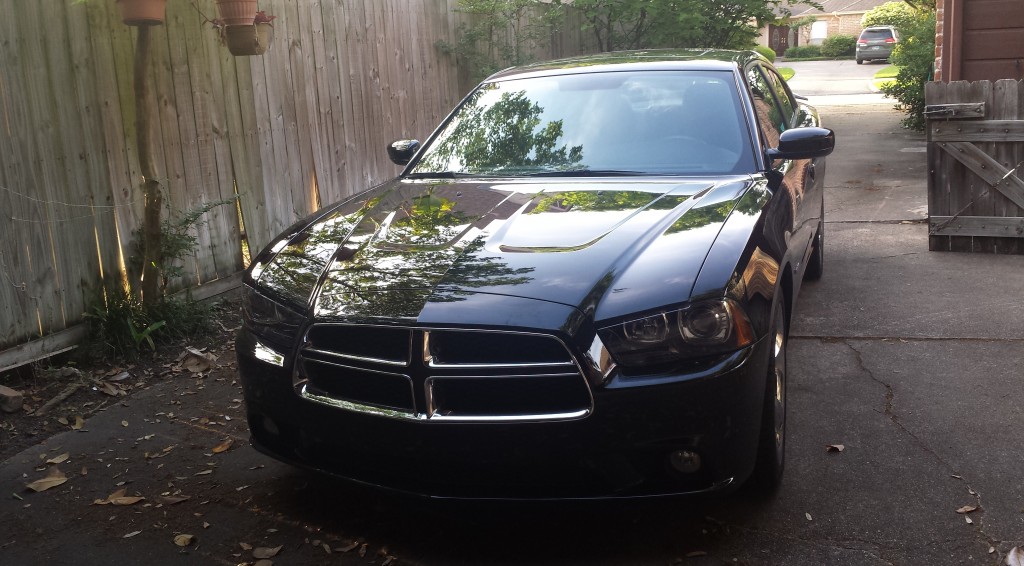Business is an ever-changing and an increasingly difficult endeavor. What were good and preferable business practices 20 years ago either no longer apply or are actually detrimental. All of us have to keep our eyes open and try to notice the latest trends and keep up with the new opportunities presented by modern technology.
The fundamentals however still apply. Some business practices will always be there no matter how much the world changes. One of these practices is maintaining the lines of communications with your client not only open but fresh.
By open I mean that before, during, and after a project your client should be able to get a hold of the sales team, the production team, and the management.
Before the project begins when the sales team is the point of contact the client should feel comfortable to ask all relevant questions and get answers if not instantaneously then extremely quickly. This is achieved by having a sales staff that is fully conversant with the products and services being offered and if they cannot answer a question then the production team should be available to answer these questions.
During the project the client needs to be able to maintain a constant flow of communication with the production team. The management staff needs to be in the conversation in case problems arise or if the client wants to alter the parameters of the project.
After the project the sales team resumes communications with the client. Firstly they need to assess if the client’s experience with the process was satisfactory or whether some aspects need improvement. Next the sales team needs to begin broaching the subject of future or follow on projects. This is the best time to do this with a satisfied client.
Keeping these lines of communications open and making sure that the client has the best possible experience possible will go a long way in turning a new client into an old and repeat customer. This will help expand and solidify your core business base.



Recent Comments